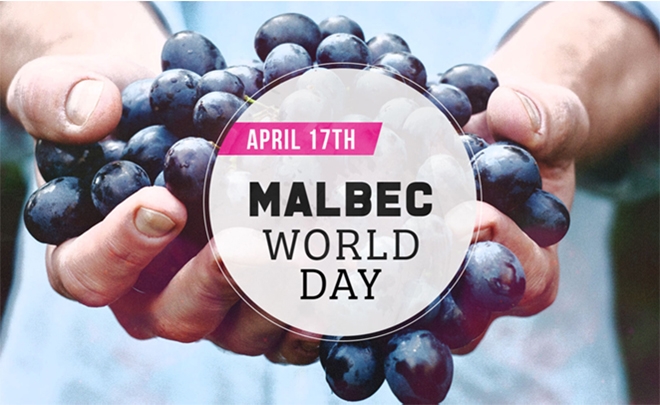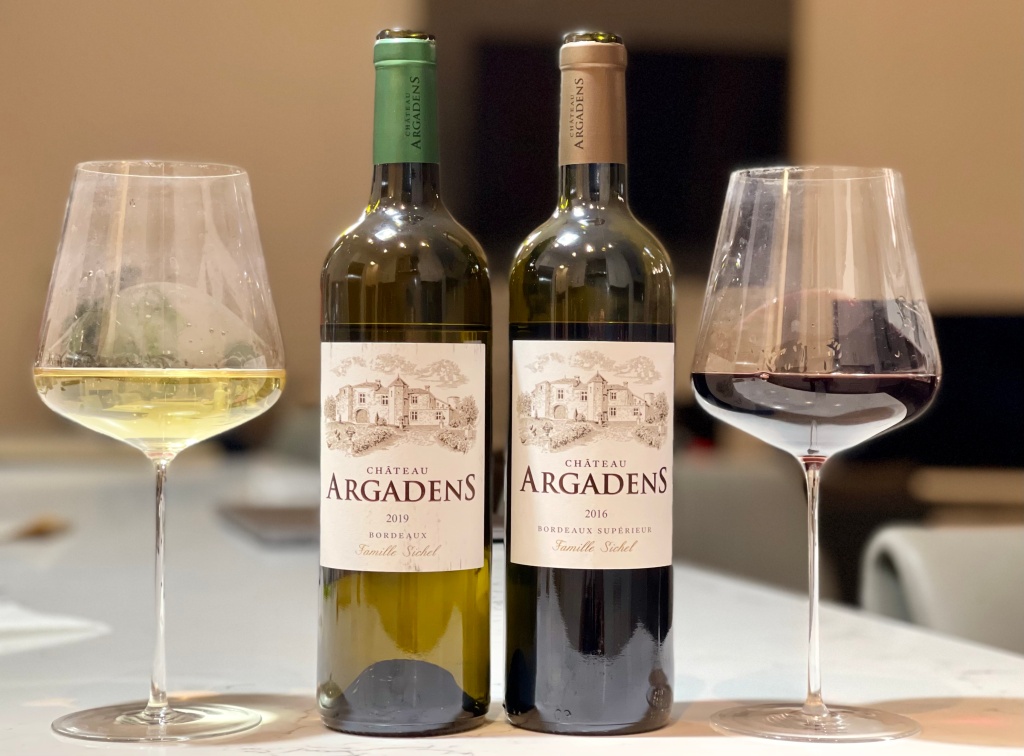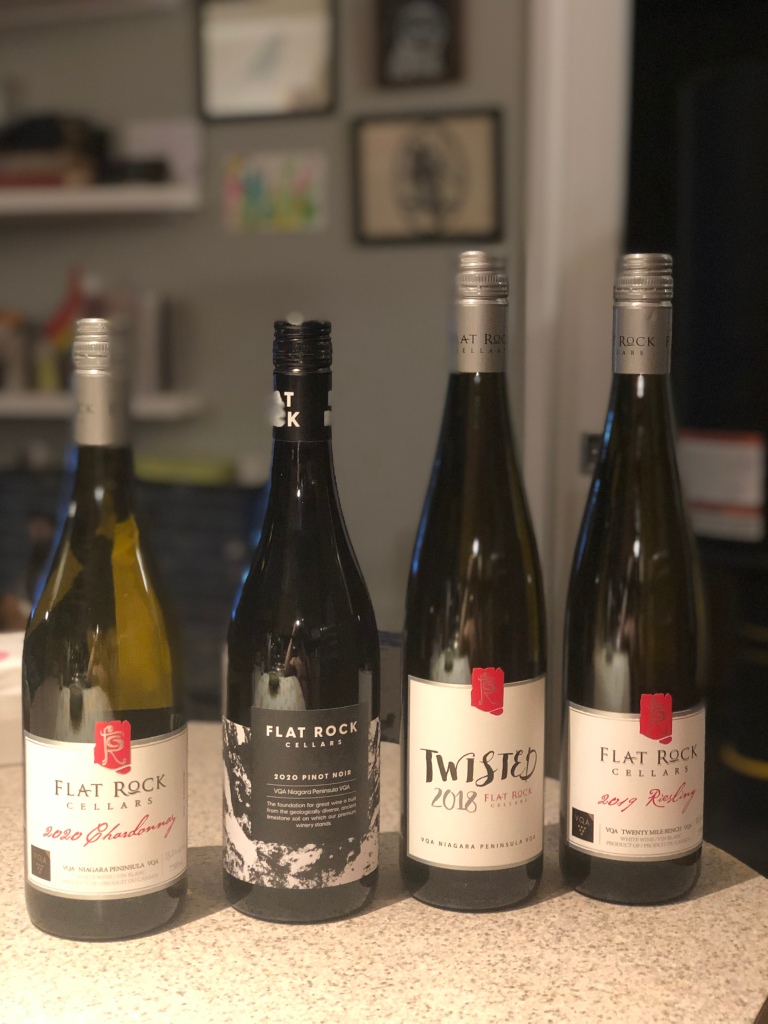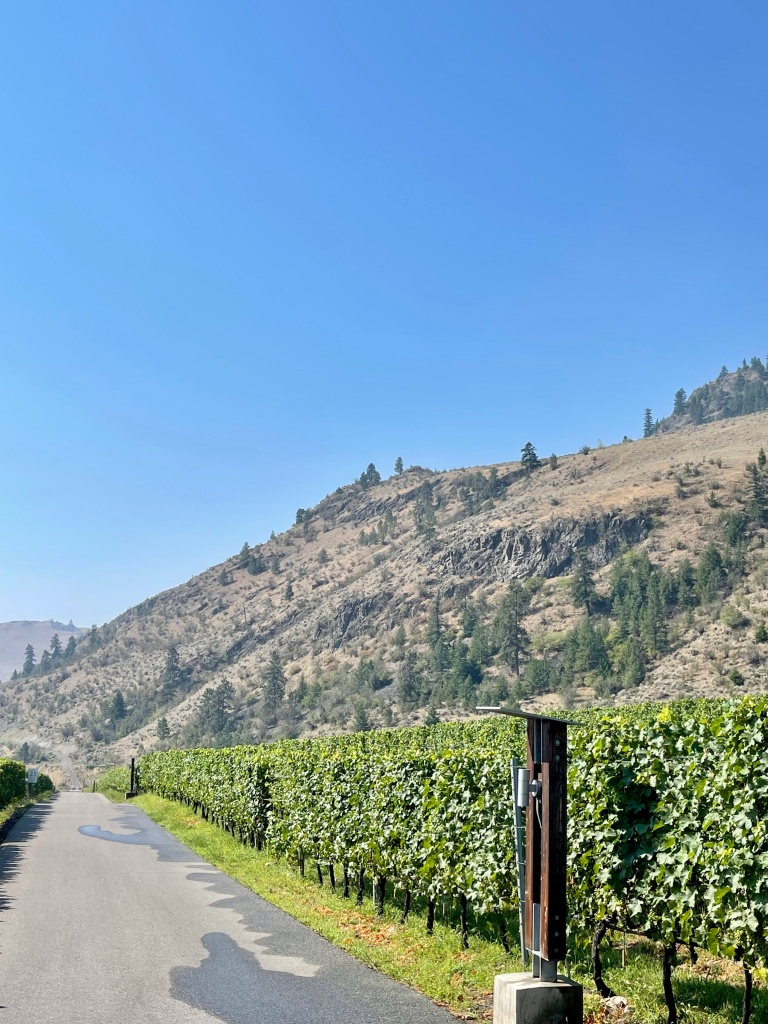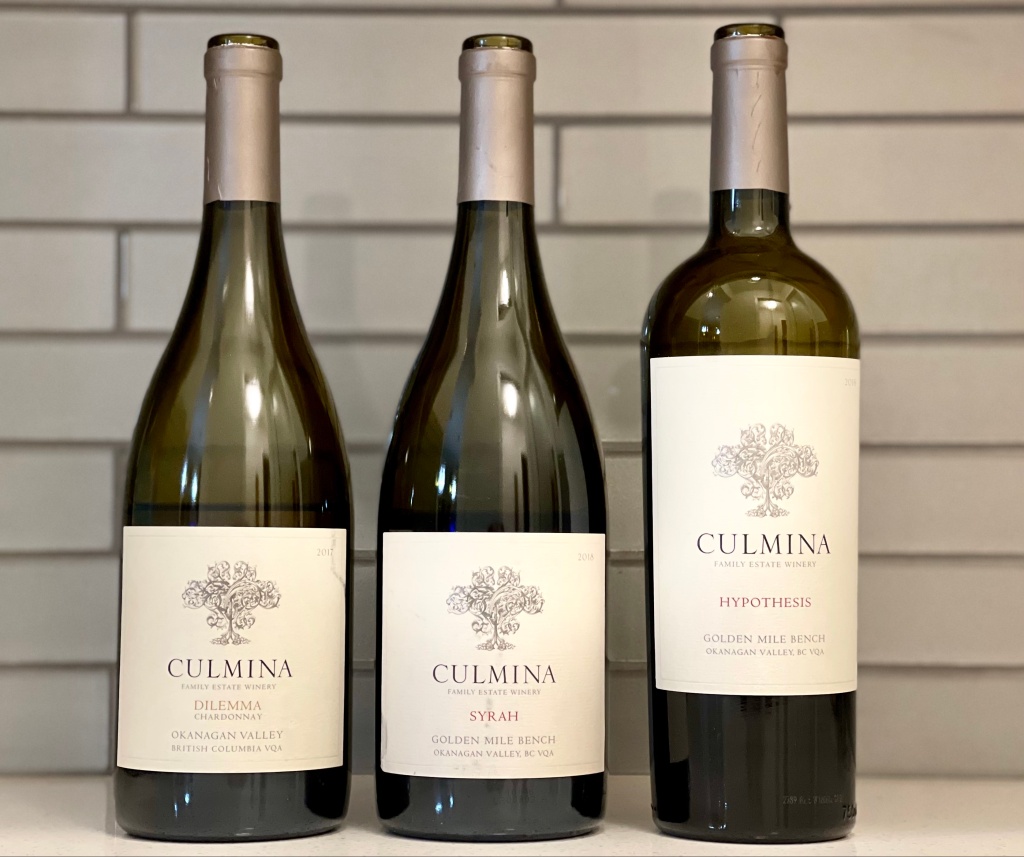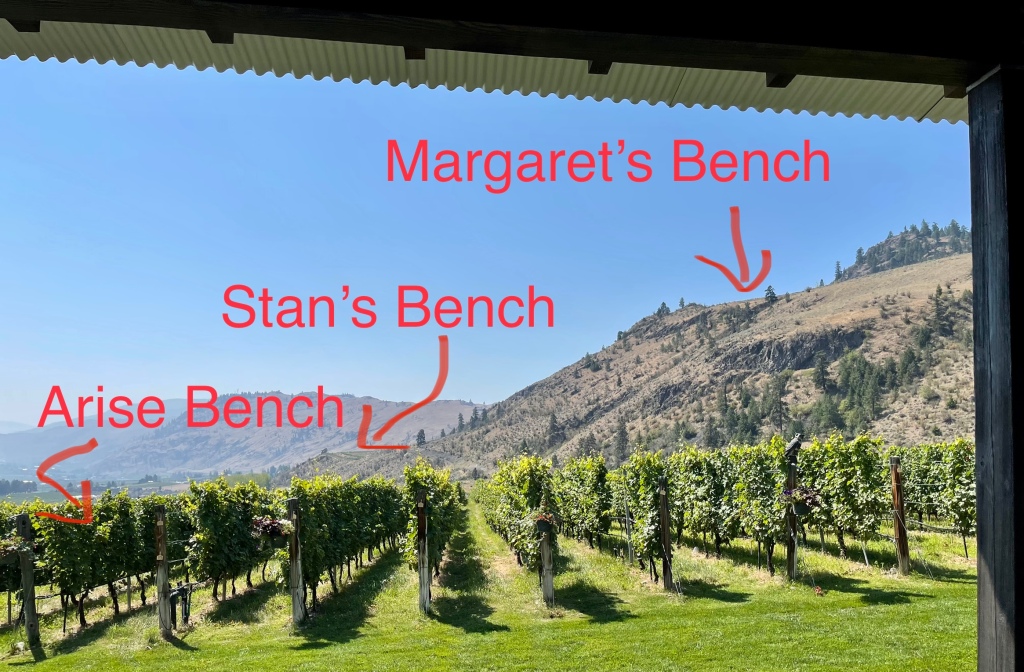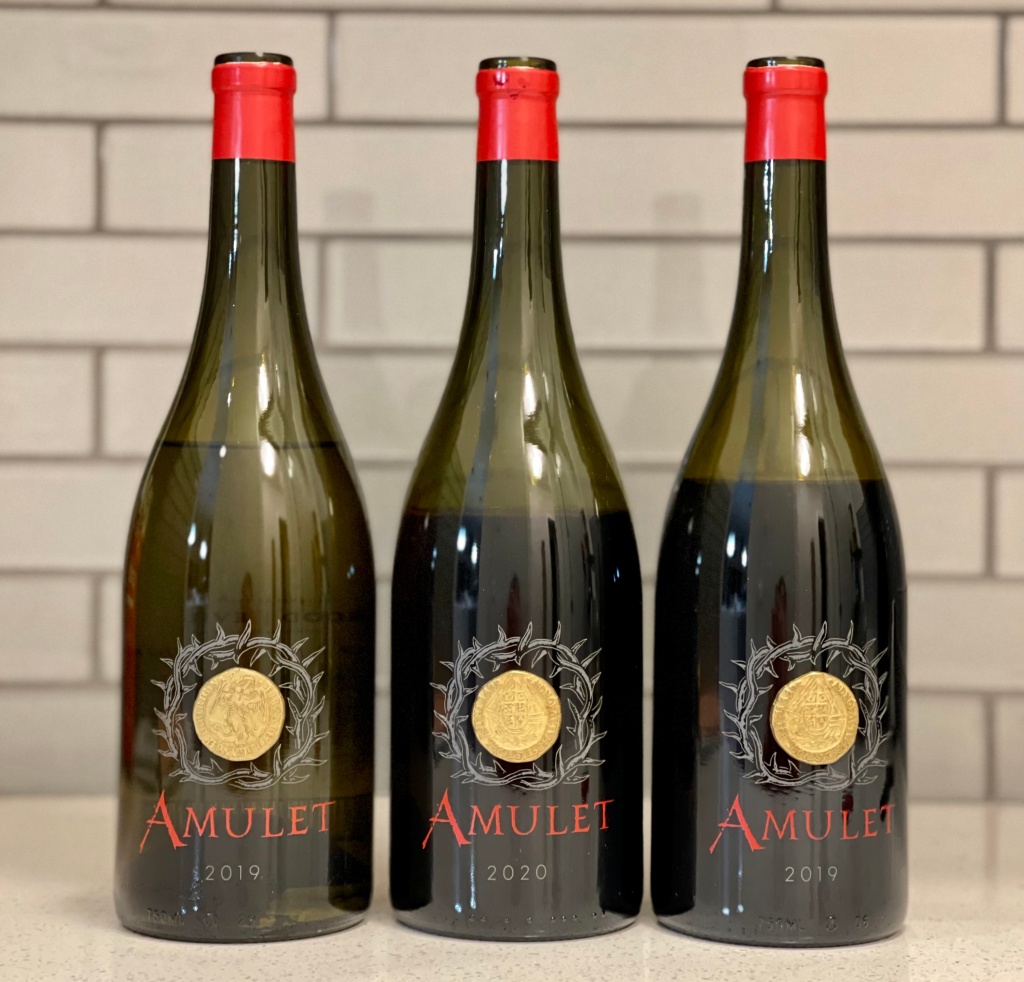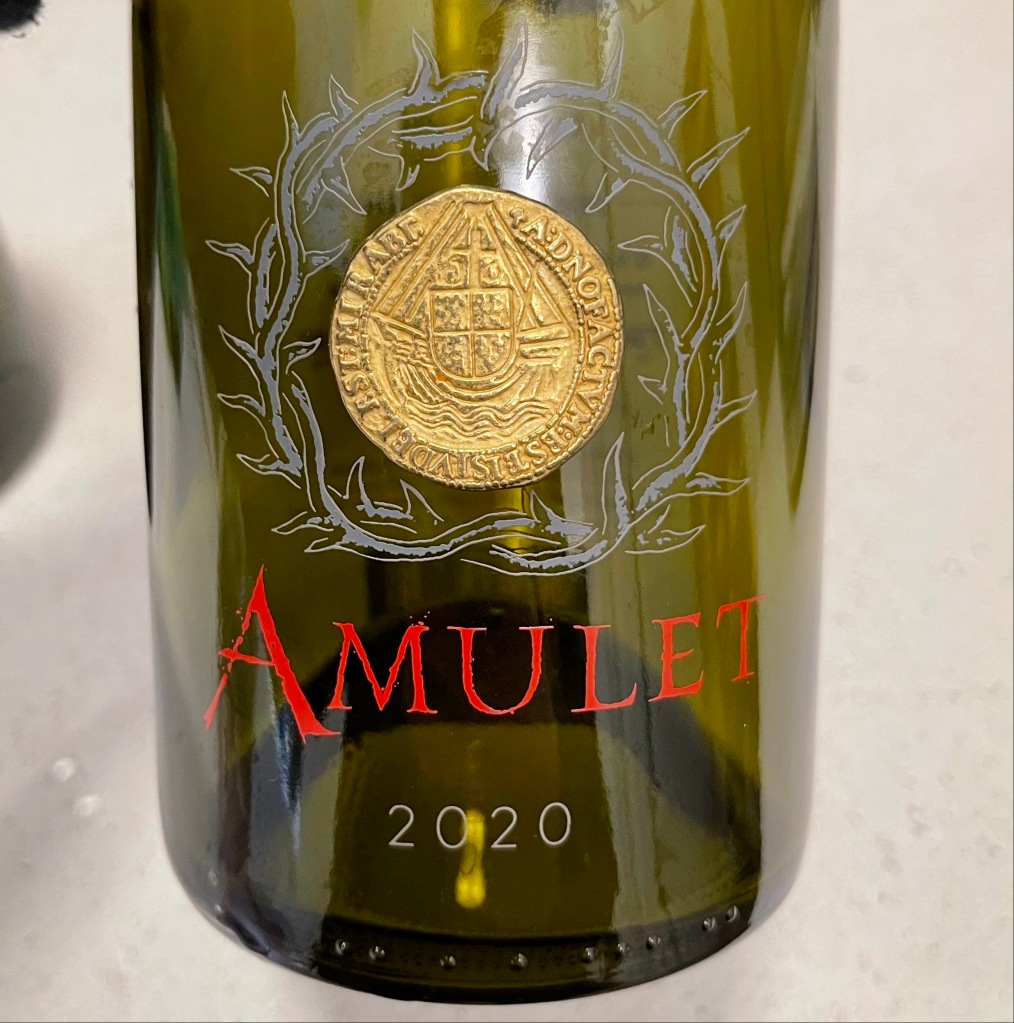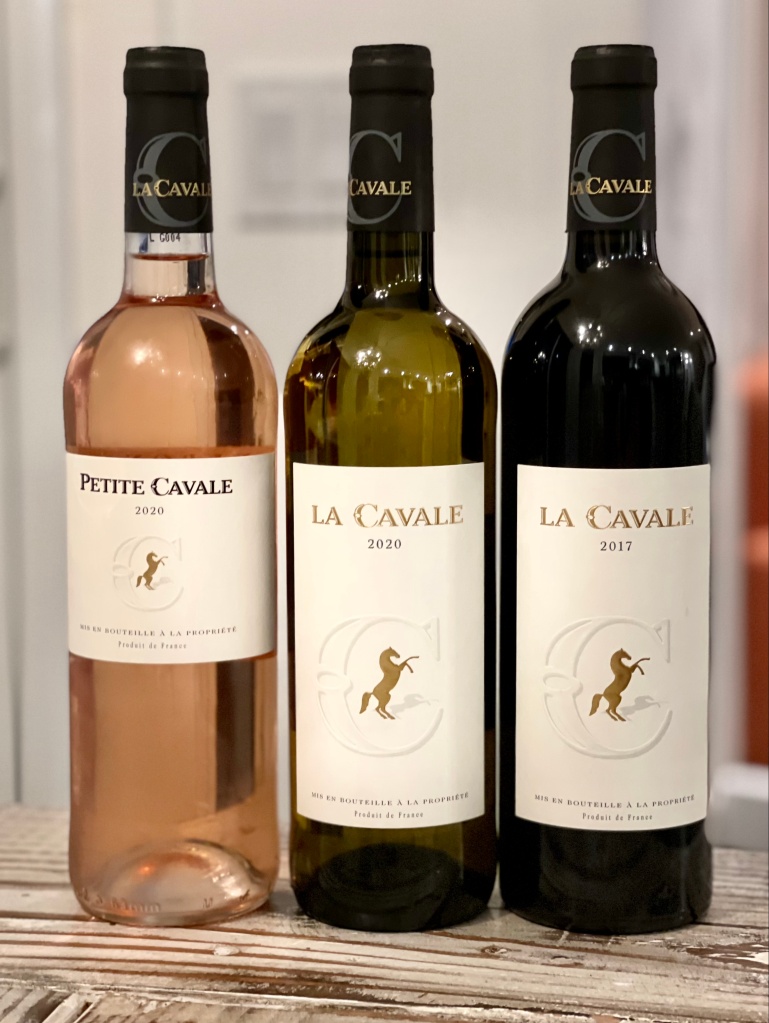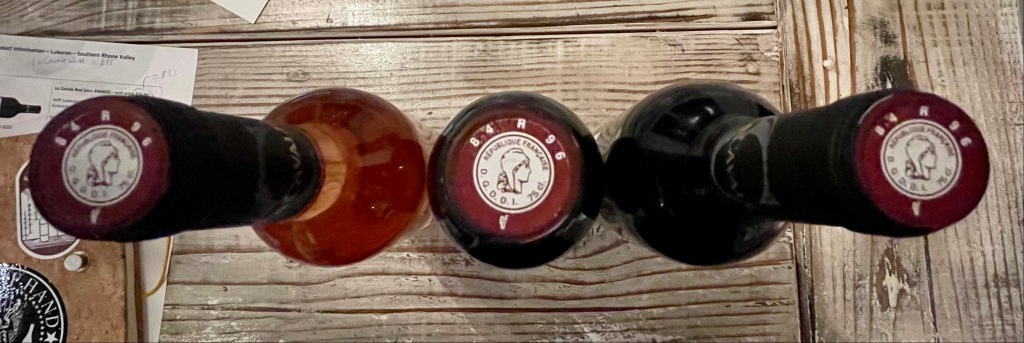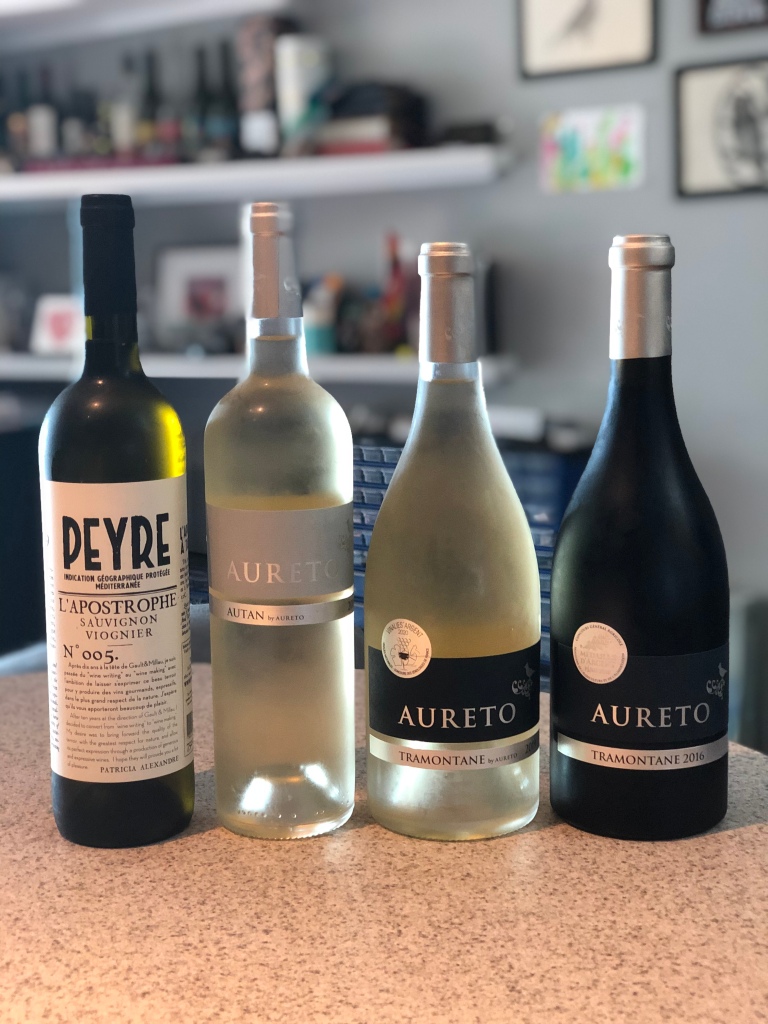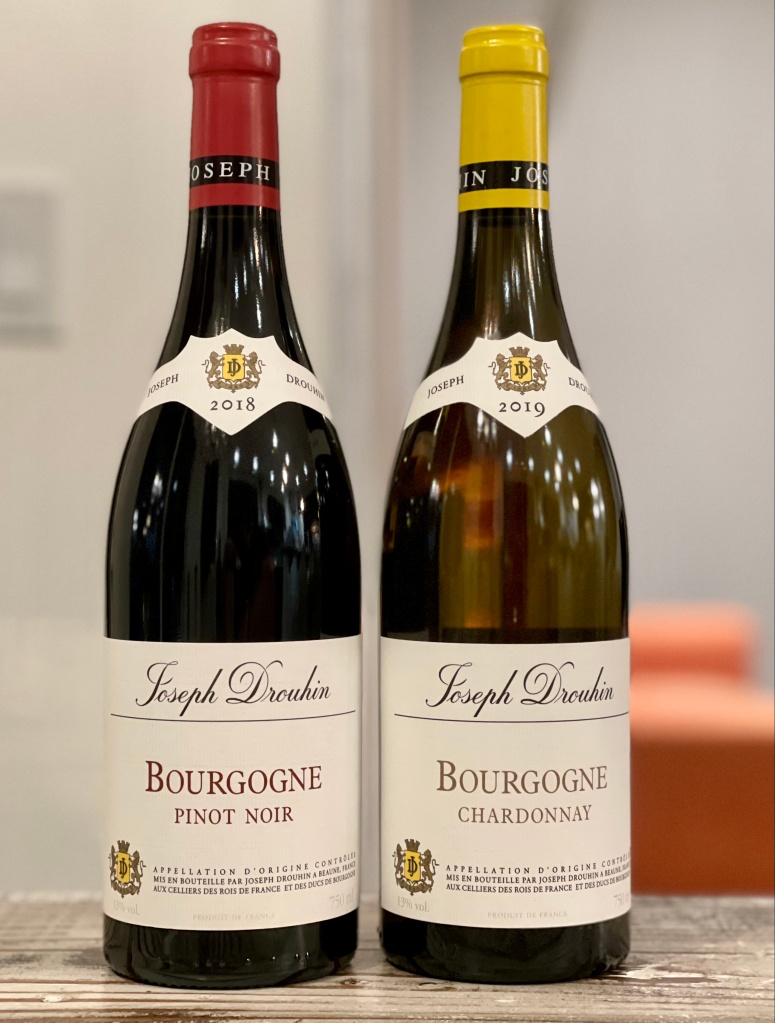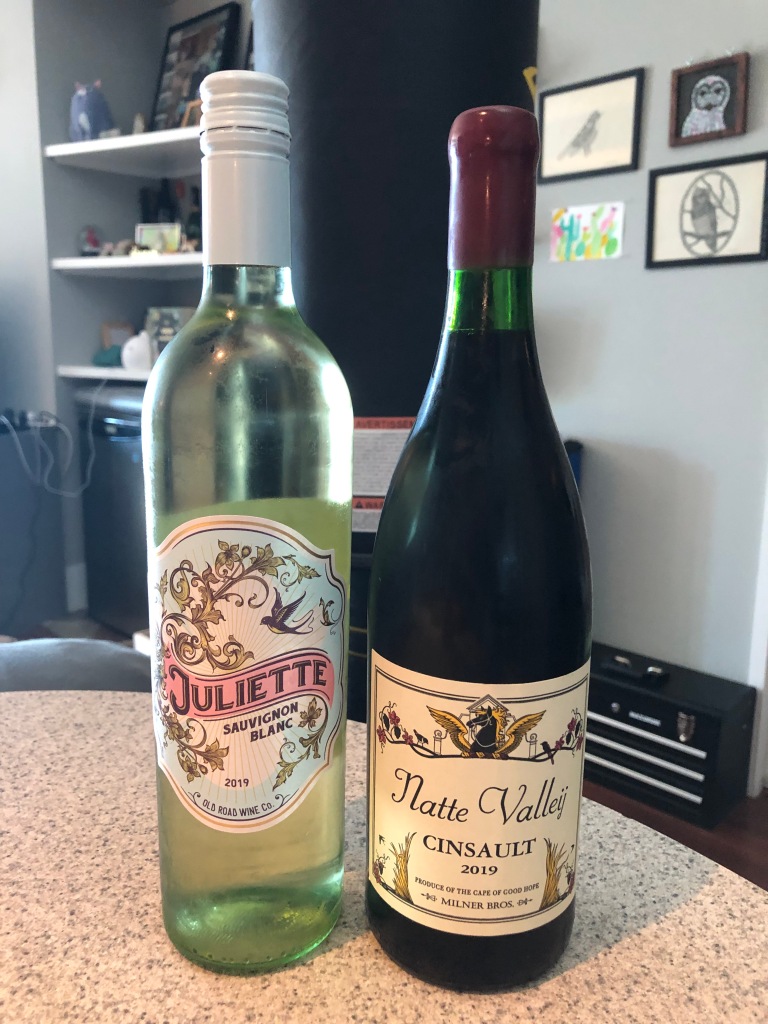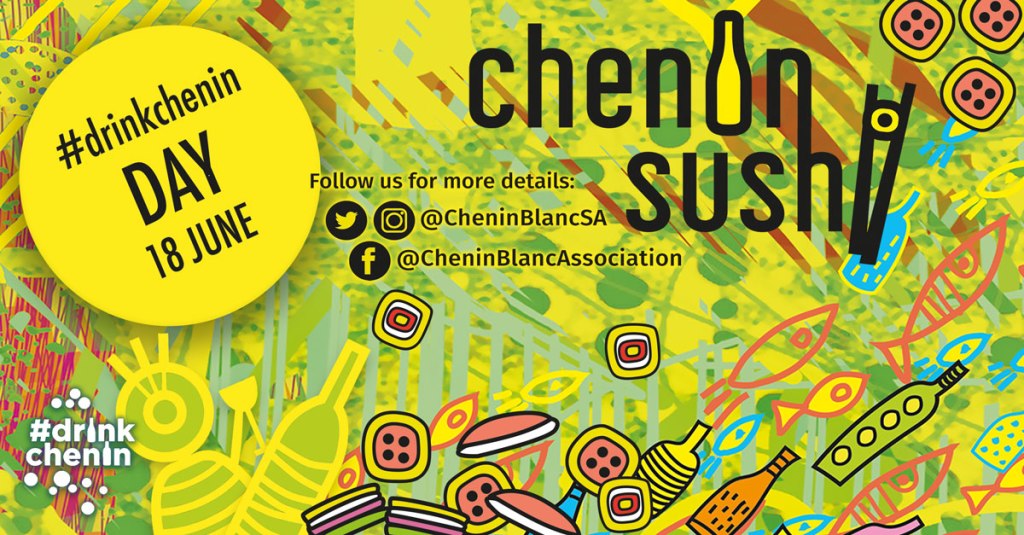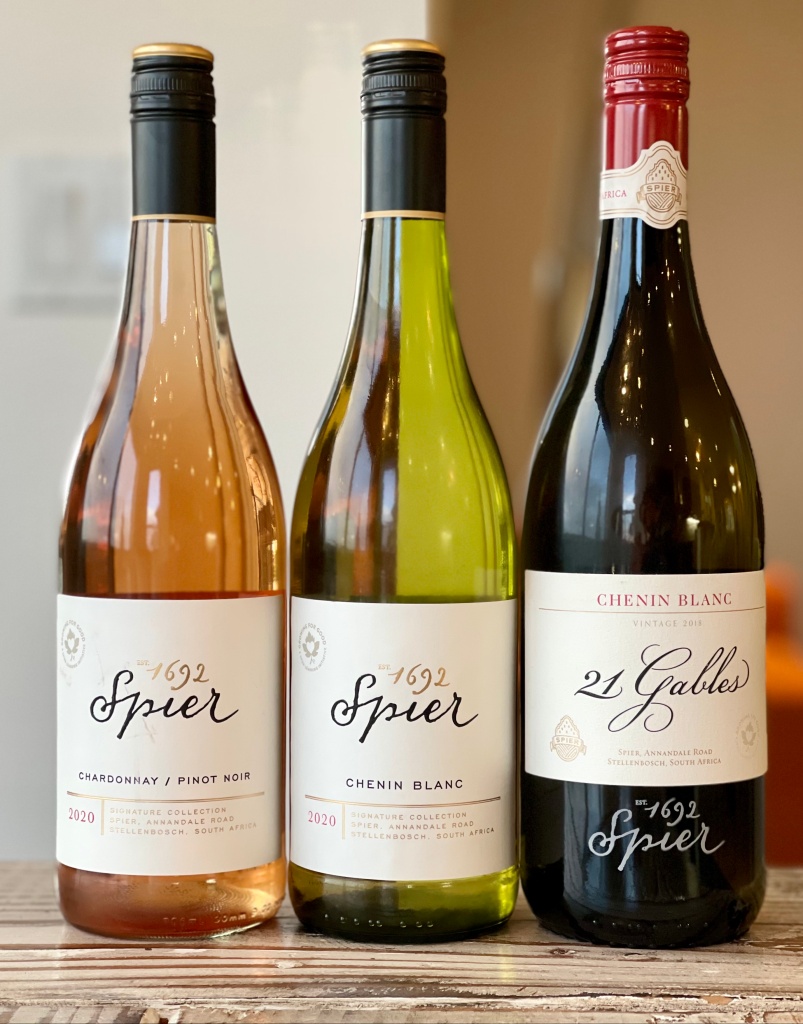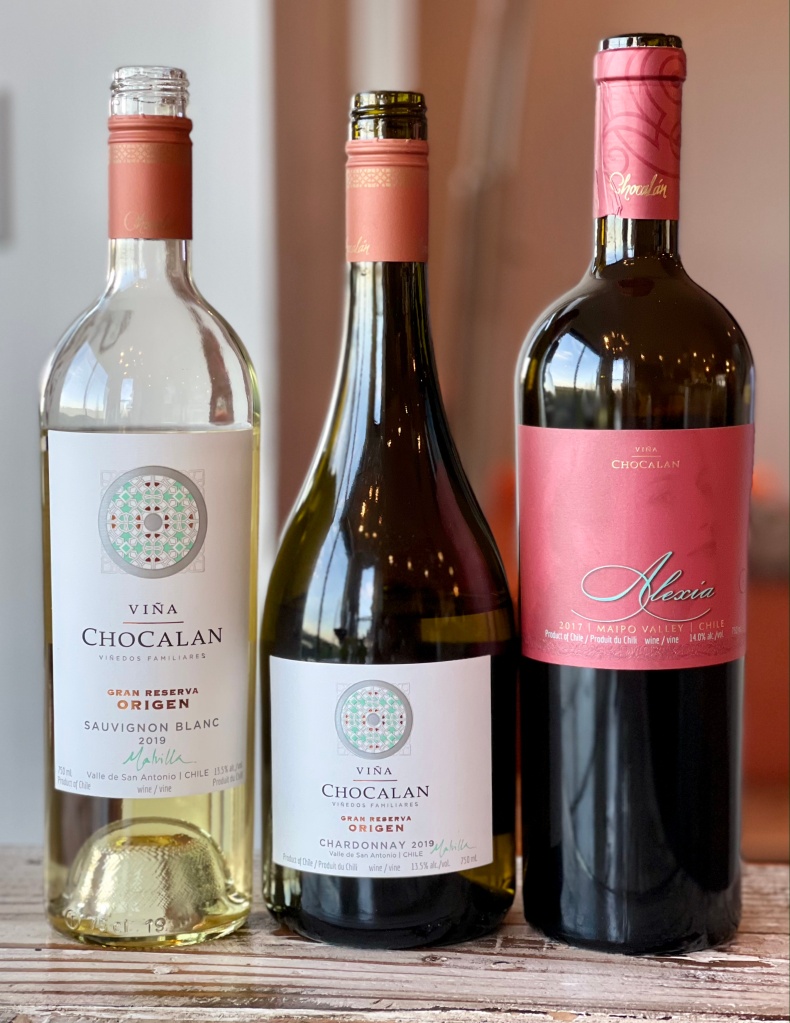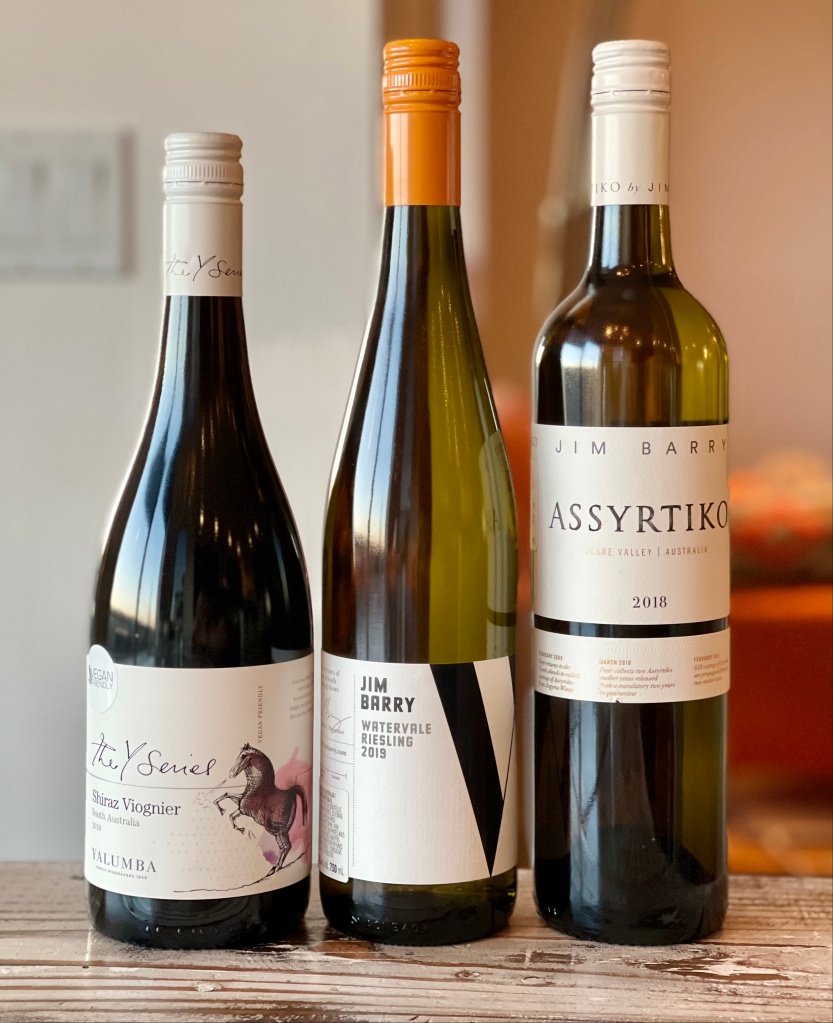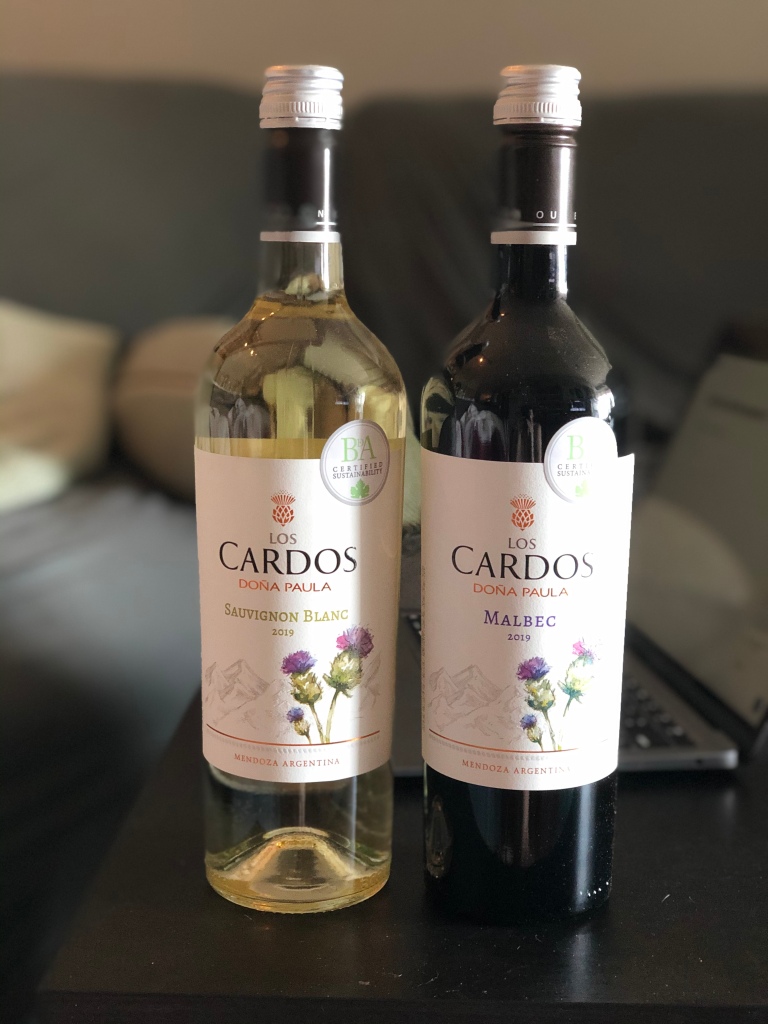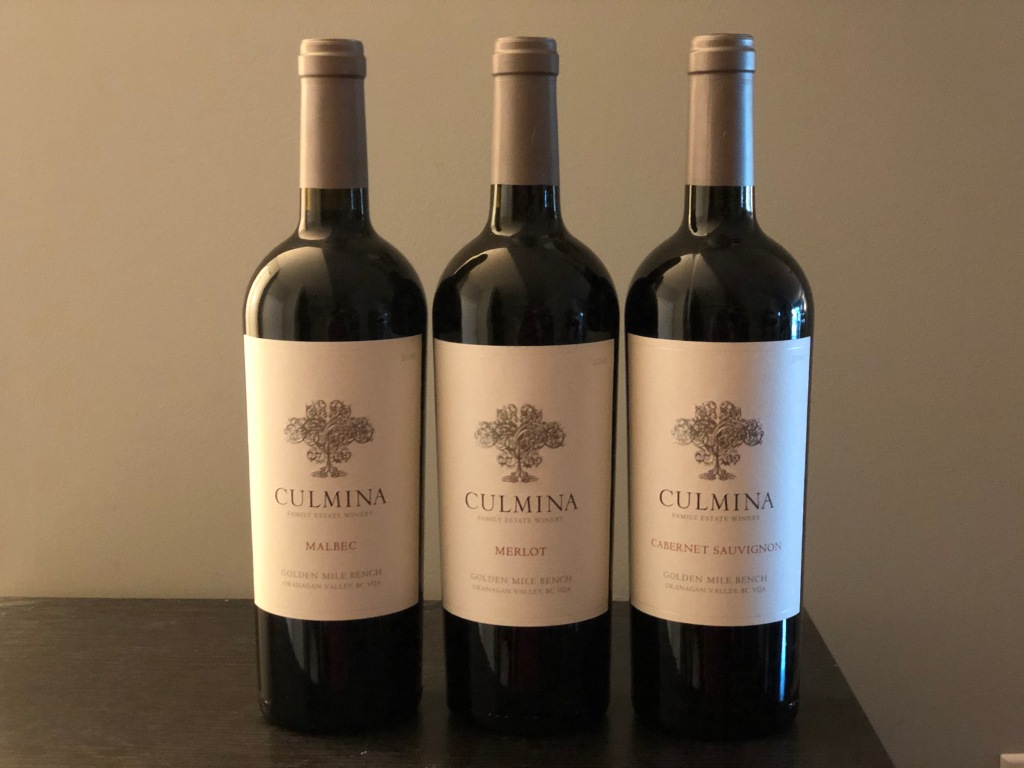By Peter Vetsch and Raymond Lamontagne
[These bottles were provided as samples for review purposes.]
Everyone’s favourite proclaimed and grammatically questionable vinous holiday has returned: April 17th, 2022 marks the 11th annual Malbec World Day, which should almost certainly be “World Malbec Day” in its English formulation but officially is not. Unfortunately for this grandiose occasion, it happens to share the stage this year with an even bigger (and actually statutory) holiday whose date roves yearly with the lunar calendar. Happy Easter, everybody: if your Malbec attention span is absorbed somewhat by Mini Eggs and chocolate rabbits and faith-based celebrations, well, fair enough, but maybe crack some Argentinian flagships with your ham tonight anyway. Unlike Easter, whose shifting date is tied to the first full moon after vernal equinox for reasons entirely unknown, Malbec World Day is always on April 17th, because on that day in 1853, Argentina’s President ordered that new French vine cuttings be brought into the country, including the first Malbec vines to hit South America. Malbec World Day is thus heavily Argentina-focused, but then, for this moment at least, so is the grape.
Aside from killer marketing (seriously, check out the opening splash page on worldmalbecday.com), there are a few other reasons why Argentina has stumbled on something special with its rendition of this grape, all tied to the astoundingly unique geography of the region. The primary vine-growing region of Mendoza is in the foothills of the mighty Andes mountain range, placing it at some of the highest altitudes on Earth for viticulture, up to 11,000 feet above sea level. Due to this absurdly elevated positioning, vines see way more sunlight (there are no clouds when you’re above the clouds), enjoy frequent breezes off the mountains which help control pests, and experience massive temperature shifts between hot days and cold nights to preserve acid and extend grape hang time, which both maximizes and controls ripeness. The result is heaven for a big red that had previously struggled to find its place. We have a sextet of Argentina’s most famous export to help us celebrate this glorious holiday(s) in style. Which Malbec will take this year’s entry-level value wine crown this year?
Read the rest of this entry »